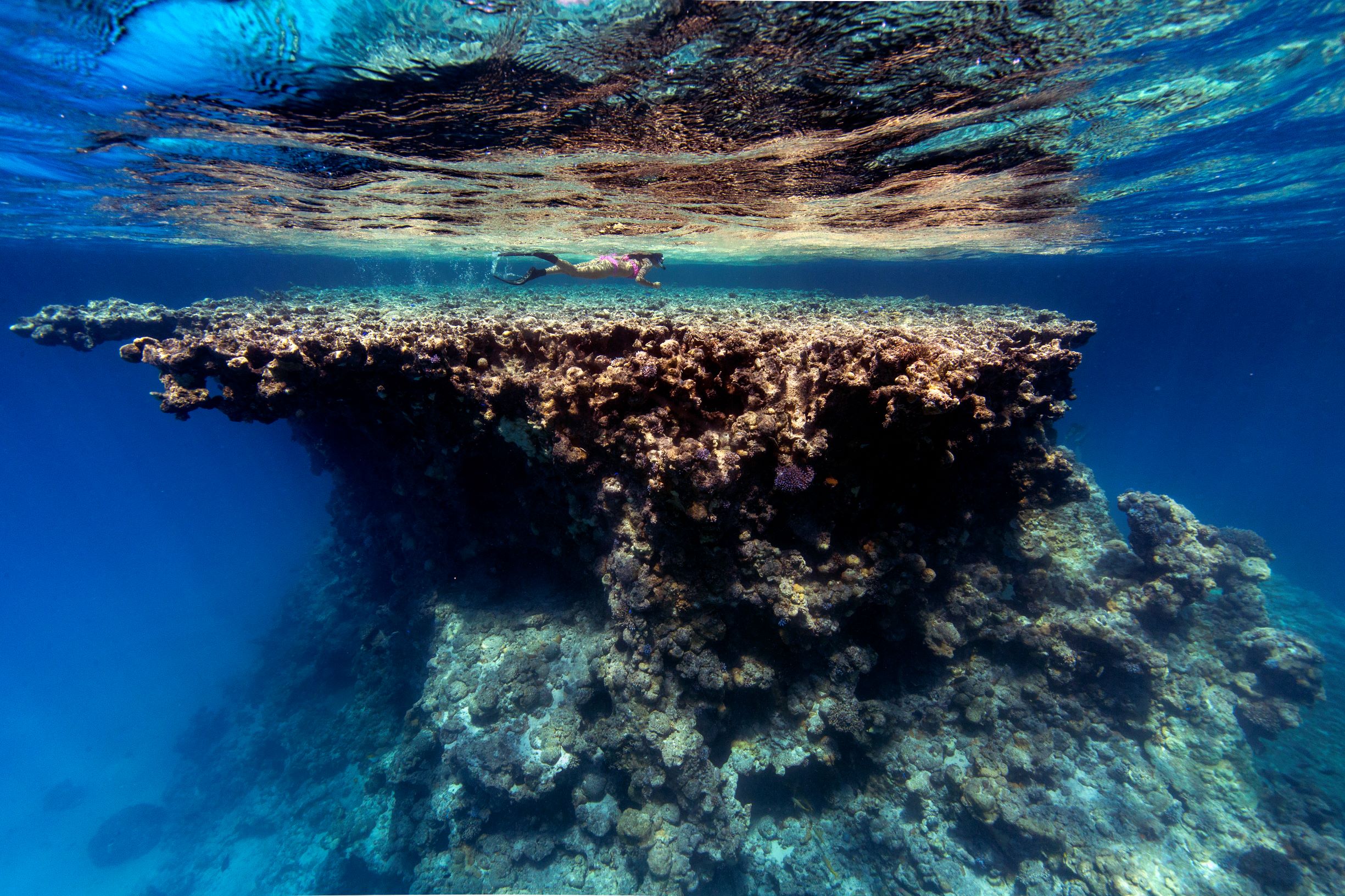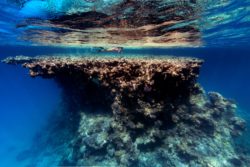
CHOW Chat: Ian Shive on Driving Action with Images
 Ian Shive is an award-winning American filmmaker and photographer whose work documents some of the world’s most pristine environments and brings to the public important conservation stories from around the globe. His film, Hidden Pacific, explores the vibrant marine national monuments at the far reaches of the Pacific Ocean and the amazing ecosystems and wildlife that live there.
Ian Shive is an award-winning American filmmaker and photographer whose work documents some of the world’s most pristine environments and brings to the public important conservation stories from around the globe. His film, Hidden Pacific, explores the vibrant marine national monuments at the far reaches of the Pacific Ocean and the amazing ecosystems and wildlife that live there.
We asked Ian about his participation in Capitol Hill Ocean Week and how images can drive people to act for places they have never been.
Will this be your first time participating in Capitol Hill Ocean Week, either as a panelist or an attendee? Are you excited for the experience? What have your impressions been?
Yes, this is my first time! I’ve always wanted to present, and a lot of my work has appeared in events at CHOW, but this is the first time I’ll have the opportunity to actually speak on behalf of my photography and films. I’m excited to be part of something so important. I chose the career path as a photographer not just for the creative outlet it provides, but because I cherish the opportunity to communicate through visuals. CHOW provides an incredible platform to achieve this, but also to do so alongside people I’ve admired my entire career.
Your panel, Inspiring Action with Media and Art, is exciting because it involves taking the messages of protecting our ocean to the masses. What do you think moves people to take action?
This is a key question of our time. We need to move beyond just impressions and visibility, but instead we need to drive engagement and action. That’s a lot harder to do than sharing a pretty photo and getting a lot of likes, you have to strike people in an emotional and relatable way, something that takes your message and brings it home for them. That is why photography and filmmaking are such a powerful tool, because you have the ability to relate to audiences on an emotional level using a variety of tools, whether it’s music and visuals, or a well-told story. For our ocean – or any wild place for that matter – making things relatable can be a challenge, especially if you are communicating with audiences that have had little experience with the ocean or the subject matter. In my particular case, I went to places few people have ever been before, so they had no idea what the islands and coral atolls I visited were about, nor do they understand why they should care. For me, a critical bridge has been to share the human story, because we may not relate to a polar bear that we have never seen other than on TV, but we can always relate to other people, and that’s a great place to begin finding ways to make your work engage people and cause them to action.

Photo Courtesy of Ian Shive
Your most recent film, Hidden Pacific, explored in gorgeous detail our marine national monuments, some of the most remote and beautiful places in our country that few people are able to visit. What were some of the amazing things you experienced there?
Hidden Pacific was assembled from seven expeditions to three of the five marine national monuments, including Papahānaumokuākea, Pacific Remote Islands and Rose Atoll, all of which have areas above sea level. The other two marine national monuments aren’t easily visited unless you have a deep submersible. Each of these places was so unique from the other, and gave me the chance to see a world truly wild and unencumbered. While we were cooking dinner on Rose Atoll one evening (we had tents and camp stoves and tables we brought), a nest of sea turtles hatched right under our table where we were cooking. They dug their way out of the sand, making a mad dash for the water, and in some cases crawling over our feet. On Palmyra Atoll, which is part of Pacific Remote Islands Marine National Monument, we would go into the jungles after a passing rainstorm when the giant coconut crabs would be most active. I couldn’t get over how large they are, the largest with bodies the size of a football! Midway for me was all about the Laysan albatross, who are so affectionate to each other and fun to watch, their body language and cues showing such intelligence. Anyone with the experience I had would be instantly transformed into a passionate advocate of these places, which is why I felt I needed to put Hidden Pacific together and allow people the chance to experience the places and learn about their tremendous value.
This year’s CHOW theme is protecting the biodiversity of the ocean and Great Lakes. Any particular species that fascinates you?
I don’t know where to begin. The ocean is such a wild place, it never fails to surprise or mesmerize. Favorite species are like favorite places, whatever I saw last is what I’m most into! I have always loved the gracefulness and peacefulness that comes from the manta ray. I think if there was any one species that just conveyed “peace and harmony” for me this is it.
Is there anything you can share about your upcoming projects? Will you be remaining in the ocean or are you heading for dry land?
To be honest, it seems that even when I am on land, I’m not dry! There’s always some storm or some wave that finds its way to me.
I’m very excited to announce that I just recently launched a new series with Discovery Channel called Nature in Focus. You can check it out here: https://www.discovery.com/shows/nature-in-focus or by visiting my social media accounts. This is the first time I am hosting something, so it’s been a different kind of adventure to be on the other side of the camera, but I am loving it! It combines my passion for photography with my passion for exploring our planet and wildlife. We have so many incredible episodes that we’ve been filming and I’m just so grateful for the team at Discovery for supporting a project that brings people back to why I first fell in love with Discovery as a kid….NATURE! Stay tuned, we have a lot of great things coming forward there…
Finally, are there any other sessions or plenaries at CHOW that you are looking forward to watching?
I really am looking forward to the session on technologies. I’m a total tech nerd and love some of the ingenuity coming out of the science and technology sector. This really has tremendous potential for positive impact on our planet (and already is, of course), but hearing what is coming forward has me excited.
Mark your calendars for the Inspiring Action with Media and Art session at Capitol Hill Ocean Week at 11:15AM to 12:15PM EST on June 9th, 2020. Read more about the panels here. Register for free at capitolhilloceanweek.org.
